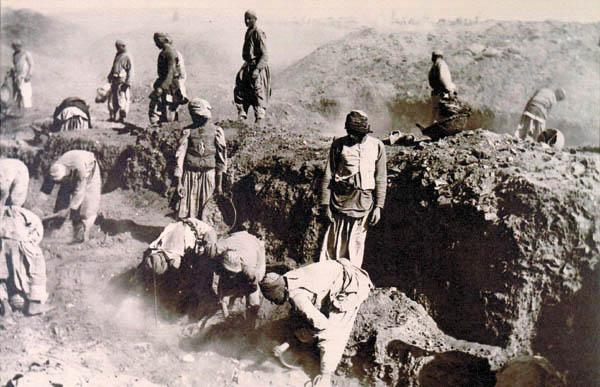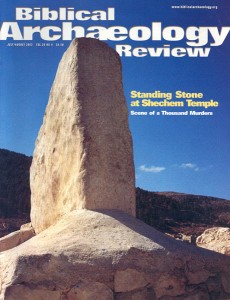Priceless Garbage
The Papyri of Oxyrhynchus
Sidebar to: Literacy in the Time of Jesus

Today, all that remains of the once-sizable Egyptian town of Oxyrhynchus (its Greek name, pronounced “ox-ee-RIN-kus” and meaning “sharp-nosed,” refers to a species of fish in the Nile) is a lone column surrounded by drifting sands, the only relic not carted off and reused by modern builders. In its Roman and Byzantine heyday, however, Oxyrhynchus—located about 200 miles south of Alexandria in Middle Egypt—was an impressive and prosperous place, with colonnaded streets and a theater seating 11,000. The architectural glories of Oxyrhynchus may have been lost forever, but the site has yielded what must be a far more valuable treasure: the richest cache of papyri ever found in Egypt, preserved in the ancient garbage dumps just outside the city.
In 1897, two young British archaeologists, Bernard Grenfell and Arthur Hunt, assembled a team of local diggers and began to probe the 30-foot-deep rubbish mounds. Soon they had found more papyri than they had ever imagined—and not just official documents, but the kind of everyday papers that are rarely preserved, such as personal letters, shopping lists and tax returns. Excavations at Oxyrhynchus continued through 1934, bringing to light about 50,000 documents in all.
Already a library member? Log in here.
Institution user? Log in with your IP address.

